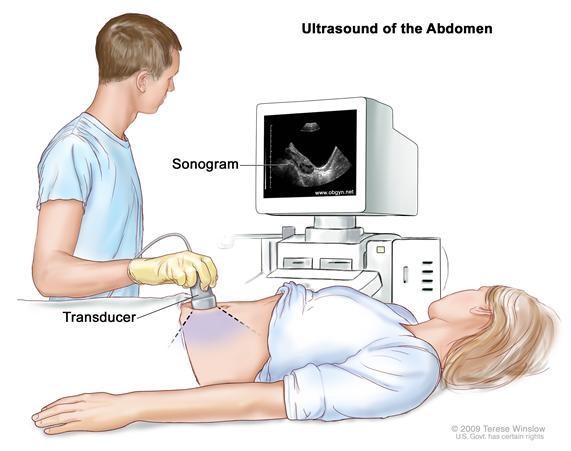A provider prescribes quetiapine 50 mg PO divided equally every 12 hours for 3 days. Available is quetiapine 25 mg tablets. How many tablets should the nurse administer per dose on day 3? (Round the answer to the nearest whole number. Use a leading zero if it applies. Do not use a trailing zero.)
The Correct Answer is ["2"]
Step 1: Determine the total daily dose of quetiapine.
- The provider prescribes 50 mg every 12 hours.
- Total daily dose = 50 mg × 2 = 100 mg.
Step 2: Calculate the total dose for 3 days.
- Total dose for 3 days = 100 mg × 3 = 300 mg.
Step 3: Determine the dose per administration.
- The total daily dose is divided into two doses (every 12 hours).
- Dose per administration = 100 mg ÷ 2 = 50 mg.
Step 4: Calculate the number of tablets needed per dose.
- Each tablet is 25 mg.
- Number of tablets per dose = 50 mg ÷ 25 mg = 2 tablets.
Step 5: Confirm the number of tablets to be administered per dose on day 3.
- The dose per administration remains the same each day.
- Therefore, the nurse should administer 2 tablets per dose on day 3.
So, the nurse should administer 2 tablets per dose on day 3.
Nursing Test Bank
Naxlex Comprehensive Predictor Exams
Related Questions
Correct Answer is B
Explanation
Choice A Reason: Nagele's rule is a formula that estimates the due date by subtracting three months from the first day of the last menstrual period and adding seven days. However, this method assumes a regular 28-day cycle and may not be accurate for women with irregular cycles or who are unsure of their last menstrual period.
Choice B Reason: Ultrasound is the most accurate method of determining the estimated due date, especially in the first trimester. Ultrasound uses sound waves to create an image of the fetus and measure its size and development. Ultrasound can also detect any abnormalities or complications that may affect the pregnancy.
Choice C Reason: Gestation wheel is a circular calendar that estimates the due date by aligning the first day of the last menstrual period with a corresponding date on the wheel. However, this method also assumes a regular 28-day cycle and may not account for variations in ovulation or implantation.
Choice D Reason: Birth calculator is an online tool that estimates the due date based on various factors such as the last menstrual period, cycle length, ovulation date, conception date, or ultrasound date. However, this method may not be reliable as it depends on the accuracy of the input data and the algorithm used by the calculator.

Correct Answer is C
Explanation
Choice A Reason: This option is incorrect because it is unrealistic and impractical to eliminate anxiety completely. Anxiety is a normal and natural response to pregnancy and childbirth, and it can have both positive and negative effects on the outcome. Anxiety can motivate women and their partners to seek information and care, but it can also interfere with their ability to relax and cope with pain. Perinatal education can help them manage their anxiety by providing accurate information, reassurance, and coping strategies.
Choice B Reason: This option is incorrect because it implies that the couple has no control over their pregnancy and birth unless they are empowered by perinatal education. While perinatal education can enhance their sense of control and autonomy, it is not the only factor that influences their experience. Pregnancy and birth are complex and dynamic processes that involve many factors beyond their control, such as biological, environmental, social, and cultural factors. Perinatal education can help them adapt to these factors and collaborate with their health care providers.
Choice C Reason: Perinatal education is a process of providing information and support to pregnant women and their partners before, during, and after childbirth. The main goal of perinatal education is to help them prepare for a positive birth experience, which can have lasting benefits for their physical and emotional health, as well as their relationship with their baby. Perinatal education can also help them make informed decisions about their care and preferences, and cope with any challenges or complications that may arise.
Choice D Reason: This option is incorrect because it is too narrow and limited in scope. Providing knowledge and skills that will help them cope with labor is an important aspect of perinatal education, but it is not the primary goal. Labor is only one stage of childbirth, and perinatal education covers a broader range of topics that are relevant for pregnancy, birth, and postpartum. Moreover, coping with labor is not the only outcome that matters for a positive birth experience. Perinatal education can also help them achieve other outcomes, such as satisfaction, empowerment, bonding, and well-being.
Whether you are a student looking to ace your exams or a practicing nurse seeking to enhance your expertise , our nursing education contents will empower you with the confidence and competence to make a difference in the lives of patients and become a respected leader in the healthcare field.
Visit Naxlex, invest in your future and unlock endless possibilities with our unparalleled nursing education contents today
Report Wrong Answer on the Current Question
Do you disagree with the answer? If yes, what is your expected answer? Explain.
Kindly be descriptive with the issue you are facing.
